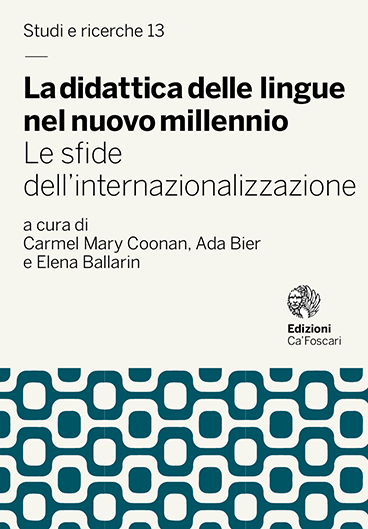- search 241 views
- file_download 7 download
- keyboard_capslock metadata
-
mark_email_readIscriviti alla newsletter
Supporting the Switch to Teaching International Classes in Tertiary Education
abstract
The internationalisation process in European universities has increased since the Bologna declaration was signed in 1999, with many universities adopting English-Medium Instruction as a top-down strategy to improve the international profile of the institution. Against this background, a research and training centre in a university in the North of Italy has responded to requests from some academic staff for the enhancement of their preparation for teaching in English. The centre offers training modules on EMI teaching to international classes. Drawing on the data collected during the modules, and based on a questionnaire sent to 150 lecturers engaged in EMI in a variety of disciplines within the university, this paper reports on the attitudes of lecturers to teaching their subject in English and on adapting contents and teaching methods to international classes. The results reveal a variety of attitudes among lecturers and point to a need to change some teaching practices in relation to the syllabus as well as the type of assessment adopted. Moreover, there is a need to strike a balance between respecting cultural differences in international classes and connecting international students with the local culture.
Keywords: Lecturing styles • Internationalisation • International classes • English-medium instruction




